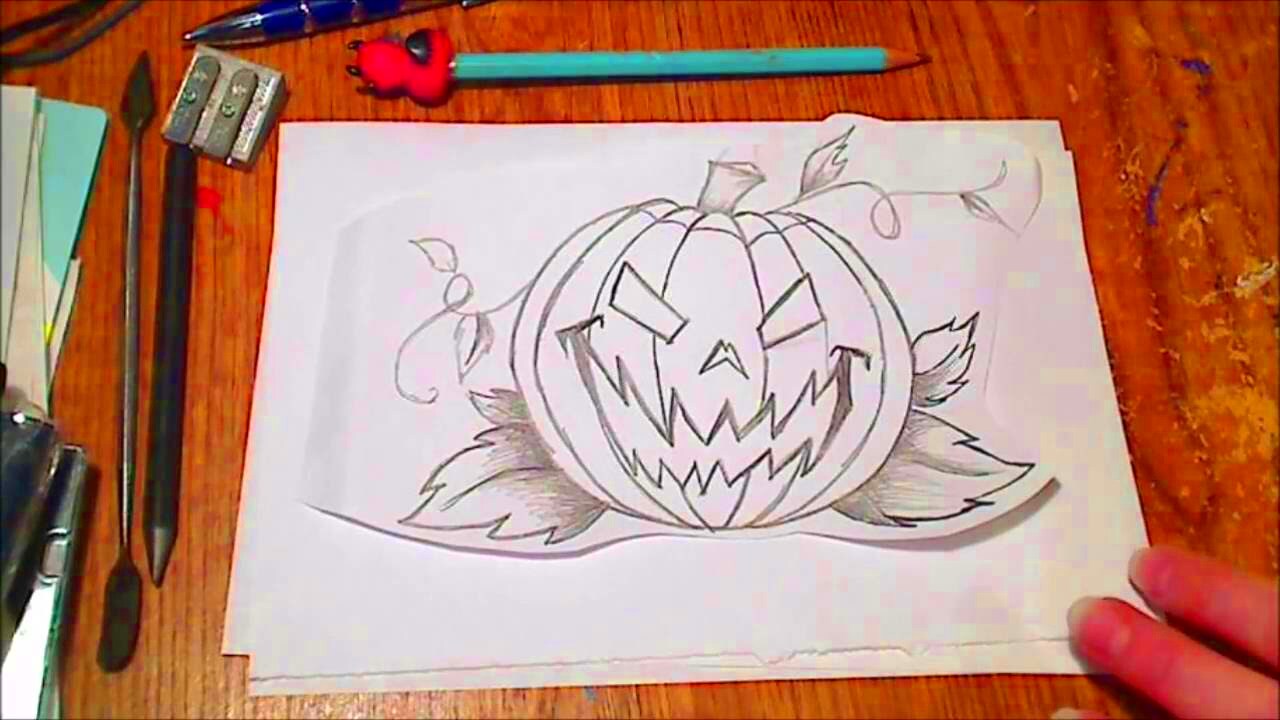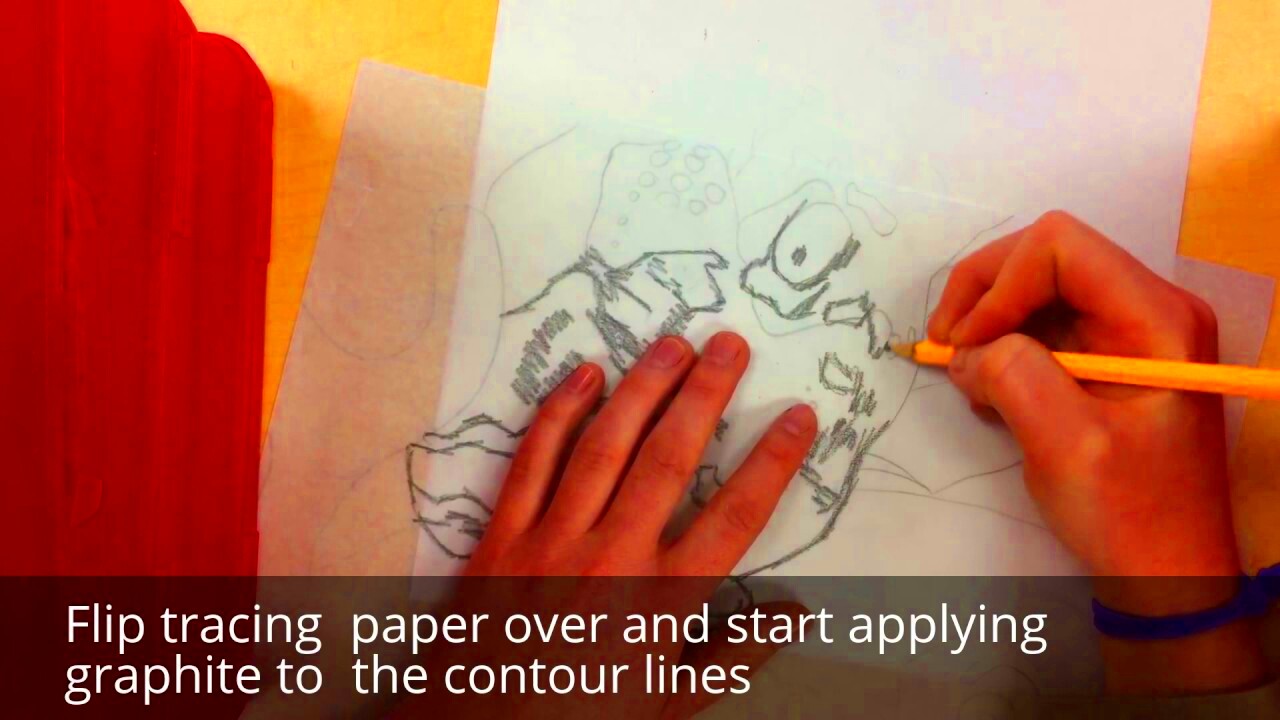Tracing an image onto a canvas is a fantastic technique for artists who want to replicate their reference images with precision. Whether you’re a beginner or a seasoned artist, tracing provides a clear and simple way to transfer a design from a photo or sketch to a canvas. It’s especially useful for people who may struggle with drawing freehand or need to save time when working on a more complex composition.
Tracing helps you focus on details and composition, ensuring that the image proportions are just right. It’s a tool that makes your artwork easier to create, and it doesn’t take away from your creativity. Instead, it serves as a foundation that allows you to add your own style, details, and flair as you work with the traced outline.
Understanding the Tools You Will Need for Tracing

Before you begin tracing an image onto a canvas, it’s essential to gather all the necessary tools. Here’s a list of what you’ll need to get started:
- Reference Image – This could be a photograph, printout, or digital image that you want to trace.
- Tracing Paper – This is optional, but it helps if you want to do the tracing before transferring it to the canvas.
- Canvas – Choose the size and type that works best for your project.
- Pencil – A sharp pencil will allow for precise and clear lines when tracing the image. Consider using a softer pencil for lighter lines.
- Lightbox – This is a useful tool to illuminate the reference image and canvas from below for easy tracing.
- Ruler – A ruler will help maintain consistent lines, especially if you are using a grid method for more accuracy.
- Transfer Paper – This paper allows you to trace the outline directly onto the canvas without using tracing paper.
Once you have these tools ready, you can start the tracing process with ease, ensuring that every step is done with care and accuracy.
Also Read This: How to Change the Color of a Shutterstock Vector: A Step-by-Step Guide
Choosing the Right Image for Tracing
Choosing the right image to trace is crucial for the success of your project. Not all images are ideal for tracing, and it’s important to pick one that aligns with your skill level and artistic goals. Here are a few factors to consider when selecting an image:
- Image Resolution – Opt for high-resolution images that provide clear details. Low-resolution images may appear blurry or pixelated, which can make tracing harder and less accurate.
- Complexity – Simple images with clear lines and shapes are best for beginners. More complex images with intricate details may require more advanced tracing techniques.
- Contrast – Images with good contrast between the subject and the background are easier to trace. High contrast allows you to clearly distinguish different parts of the image.
- Composition – Look for an image that has a balanced composition, as this will make the tracing process smoother. Images with obvious shapes and lines are easier to follow.
In general, start with simple images that are easy to trace and gradually move to more challenging ones as your confidence grows. Whether it's a landscape, portrait, or abstract design, the right image will give you the foundation to create a great piece of art.
Also Read This: Album Artistry: Crafting an Album on SoundCloud – A Sonic Showcase
Preparing the Canvas for Tracing
Before you begin tracing, it’s important to properly prepare your canvas. Taking time to set up your canvas ensures that your image transfer will be smooth and accurate. A well-prepared canvas helps you avoid mistakes and makes the tracing process easier. Here’s what you should do:
- Choose the Right Canvas – Make sure the canvas is suitable for the medium you plan to use, whether it’s acrylic, oil, or watercolor. For beginners, a primed canvas works best since it provides a smooth surface for tracing.
- Stretch the Canvas – If you’re using a large canvas, it’s a good idea to stretch it properly on a frame. This ensures the canvas is taut and prevents any distortion during the tracing process.
- Clean the Surface – Before starting, clean your canvas with a soft cloth to remove any dust or debris that could interfere with your tracing lines.
- Sketch a Light Border (Optional) – For better alignment, you can lightly sketch a border around your canvas using a pencil. This helps you visualize where the image will fit and maintain proper proportions.
- Set Up Your Workspace – Ensure that your workspace is well-lit and comfortable, as you’ll need to focus on fine details during the tracing process. A clean, clutter-free area will allow you to concentrate fully on your work.
By following these simple steps, you’ll ensure your canvas is ready to receive the traced image. A good setup makes the process of tracing much smoother and more enjoyable.
Also Read This: Is YouTube Profitable for Google and How Does Its Business Model Work
Steps to Trace an Image onto the Canvas
Now that your canvas is ready, let’s dive into the actual process of tracing. While there are different methods for tracing, the general steps are quite similar. Here’s a step-by-step guide:
- Step 1: Position Your Image – Place your reference image where you can see it clearly, either on a table or taped to the wall. If using a lightbox, place the image on top of the lightbox.
- Step 2: Use a Grid Method (Optional) – If you want to ensure perfect proportions, divide both your reference image and the canvas into grids of equal size. This makes it easier to copy each section accurately.
- Step 3: Begin Tracing Lightly – Using a sharp pencil, start tracing the main outlines of your image. Focus on the key features like the edges, contours, and significant details.
- Step 4: Use Transfer Paper (Optional) – If you prefer, you can use transfer paper to directly transfer the image from your reference to the canvas. This step eliminates the need for a grid method.
- Step 5: Check Your Progress – Regularly step back and check your traced image from a distance. This allows you to see if the proportions and details are correct.
- Step 6: Finalize the Lines – Once you’re satisfied with the outline, you can go over the traced lines with a darker pencil or fine liner to make them more visible and clear.
These steps will help you trace your image accurately and lay a strong foundation for the rest of your artwork. Once the tracing is complete, you can move on to adding color, texture, and detail.
Also Read This: How to Open an Image Plane in Fusion 360 for 3D Design Projects
Techniques for Accurate Tracing
Accuracy is key when tracing, especially if you want your finished artwork to look realistic and true to the original image. To help you achieve precision, here are some helpful techniques:
- Use a Lightbox – A lightbox can help you trace with greater accuracy by illuminating the reference image beneath the canvas. This allows you to see the lines clearly through the canvas, ensuring a more precise transfer.
- Grid Method for Proportions – If you're working with a complex image, the grid method is one of the best techniques. Drawing a grid on both your reference image and canvas ensures that each section is properly scaled and placed on the canvas.
- Light Pencil Strokes – Start with light pencil strokes to avoid making any permanent mistakes. If you make an error, you can easily correct it before going over the lines with darker marks.
- Focus on Key Points – When tracing, focus on the key points of your image such as the edges, corners, and intersections. Pay attention to the main features like facial features in a portrait or the contours in a landscape.
- Check Proportions Regularly – Throughout the process, step back and check the overall proportions. This helps you ensure that the size and placement of your traced image are correct.
- Use a Ruler for Straight Lines – For geometric shapes or any straight lines, a ruler is an excellent tool for precision. It can help you avoid wobbly or uneven lines that may distort your image.
By using these techniques, you'll be able to trace your image with greater confidence and accuracy, ensuring that the final result looks just as you envision it. Tracing is a skill that improves with practice, so don’t be afraid to experiment and refine your approach!
Also Read This: How to Add an Image on Squarespace
What to Do After Tracing the Image
Once you’ve successfully traced your image onto the canvas, it’s time to take the next steps in bringing your artwork to life. Tracing only serves as a foundation, and there are several things you can do to enhance and refine your image. Here’s what you can do after the tracing process:
- Step 1: Evaluate the Tracing – Take a moment to step back and review your traced image. Make sure that all the proportions, shapes, and lines are correct. If you notice any mistakes, use an eraser to gently correct them before proceeding.
- Step 2: Add Fine Details – Once your basic outline is in place, start adding more intricate details. This could include fine lines, textures, and shading that will bring depth to your artwork.
- Step 3: Begin Painting or Coloring – Depending on your medium, you can now start painting or coloring your traced image. This is where you can infuse your own creativity and style. Use the traced lines as a guide but feel free to experiment with colors and brush techniques.
- Step 4: Smooth Out Your Lines – If you want to erase the visible pencil lines, use a kneaded eraser to gently lift any excess pencil marks without disturbing your artwork.
- Step 5: Add Final Touches – After adding color and detail, step back again and evaluate your work. Add any final touches, highlights, or adjustments that may be necessary to enhance the overall look of your piece.
After you’ve completed these steps, you’ll have an artwork that is uniquely yours, with the traced outline serving as a reliable guide throughout the process.
Also Read This: How to Protect Images from Unwanted Use
Common Mistakes to Avoid When Tracing
While tracing can be an easy and effective technique, there are a few common mistakes that many beginners make. Avoiding these errors will help ensure that your tracing and final artwork come out as planned. Here are some mistakes to watch out for:
- Rushing the Tracing Process – It can be tempting to rush through tracing, especially if you’re eager to start painting or adding details. However, taking your time with accurate tracing will save you a lot of trouble later on. Ensure that every line and proportion is correct before moving forward.
- Using a Heavy Hand – When tracing, using a heavy hand with your pencil can result in dark, hard-to-remove lines. It’s better to use light pencil strokes so that you can easily adjust or erase any mistakes.
- Not Checking Proportions – One of the most critical aspects of tracing is ensuring that the proportions are correct. If you don’t regularly check the size and alignment of your traced sections, your final artwork may look distorted.
- Not Using the Right Tools – Using the wrong type of paper or canvas can lead to smudging or difficulty erasing. Be sure to use quality materials suited to your tracing and painting methods.
- Over-Tracing – While it’s essential to trace the main lines of your image, over-tracing can lead to a cluttered and heavy final result. Focus on the key details and avoid excessive lines that might overwhelm the design.
- Forgetting to Step Back – It’s easy to get lost in the details during the tracing process. Make sure to step back frequently to check how the image looks from a distance and ensure the overall proportions are correct.
By avoiding these common mistakes, you can create cleaner and more accurate tracings, leading to a better final piece of artwork.
Also Read This: How to Record PS4 Gameplay for YouTube
FAQ
1. How do I fix mistakes in my tracing?
If you make a mistake while tracing, simply use an eraser to gently remove the error. For softer pencil marks, a kneaded eraser works best, while a regular eraser can be used for stronger lines. After erasing, you can retrace the correct line lightly and continue.
2. Can I use tracing for complicated images?
Yes, tracing is especially helpful for more complicated images. You can use a grid method to break down complex designs into manageable sections or use a lightbox to make tracing easier. Just remember to take your time to ensure accuracy.
3. Is tracing considered cheating in art?
Tracing is not cheating—it’s a technique that many artists use to replicate images accurately. It’s a valuable tool, especially for beginners, as it helps practice proportions, shapes, and lines. The key is to add your personal style and creativity once the tracing is done.
4. Can I trace directly onto my canvas without using tracing paper?
Yes, you can trace directly onto the canvas using transfer paper or a lightbox. These methods allow you to trace the image without the need for tracing paper, and they provide a clear outline to work from on the canvas itself.
5. How do I ensure my traced image looks realistic?
To make sure your traced image looks realistic, focus on the details during the tracing process. Pay attention to shadows, proportions, and key features in the original image. After tracing, add fine details, texture, and color to bring it to life.
Conclusion
Tracing an image onto a canvas is an excellent technique for artists of all skill levels. It provides a solid foundation for creating accurate and detailed artwork, especially when working with complex or intricate designs. Whether you’re a beginner trying to replicate a reference image or an experienced artist looking for precision, tracing offers a valuable method to help achieve your artistic goals.
By following the right steps and using the proper tools, you can ensure that your tracing process is smooth and your final artwork turns out as planned. Take the time to prepare your canvas, choose the right image, and avoid common mistakes, and you’ll be well on your way to creating beautiful art. Remember, tracing is not just about copying—it’s about using it as a guide to add your own creativity and style. So, don’t hesitate to experiment, refine your techniques, and enjoy the process!











